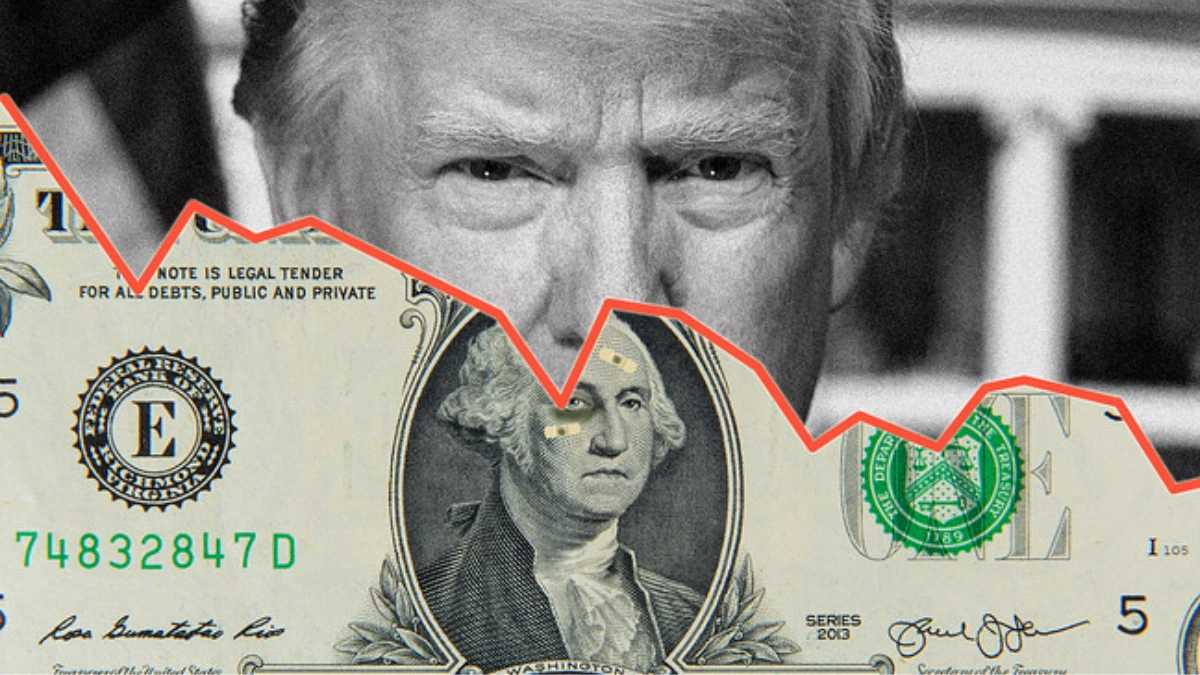
The US dollar is having one of its worst years ever, and there are indications that it may continue to plummet. Semafor reported that international investors have been selling their dollar holdings, a move that has been primarily fuelled by President Donald Trump’s economic policies. The dollar has lost more than 7% of its value so far in 2025, and Morgan Stanley analysts caution that it may lose another 10% before the year is out.
Jerome Powell: Fed Would Have Cut Rates If Not for Trump’s Tariffs
What a Weaker Dollar Means for Americans

A sustained decline in the value of the US dollar would have a variety of effects. On the one hand, it would increase the cost of imported goods for American consumers. Conversely, Semafor pointed out that US exporters might gain from a stronger position in the global market, which would be consistent with Trump’s declared objective to “rebalance” trade and support American manufacturing.
Trump Sends Sharp Handwritten Note to Chairman Jerome Powell Over Interest Rates
Is the Dollar’s Global Dominance at Risk?

Beyond the immediate effects on the market, some analysts are wondering if this year’s decline could portend a more significant change in the dollar’s place in the world financial system. Although there are still few alternatives to the dollar, there is a growing push to “de-dollarize.” China is using international exchange lines to promote its own currency, and central banks have expanded their gold holdings.
However, as political analyst Ngaire Woods noted in Semafor, these efforts have not yet succeeded in overthrowing the dollar, mostly because to the US’s long standing implementation of solid monetary policies and its international engagement to uphold the function of its currency.
Trump Threatens to Cut Elon Musk’s Subsidies Amid Feud Over ‘One Big Beautiful Bill
Echoes of 1973: Lessons from the Nixon Era

The currency has been under pressure like this before. Following President Richard Nixon’s decision to remove the US off the gold standard in 1971, a similar incident occurred in 1973. The Bretton Woods system, which had fixed world currencies to the dollar and the US Dollar to gold, was overthrown by that historic action.
As European countries abandoned fixed exchange rates linked to the US currency, the breakdown of Bretton Woods brought with it a decade of high inflation, slow growth, and a weakening dollar, according to Foreign Policy Magazine. Nixon’s action was motivated by worries that the US no longer had enough gold to support the amount of dollars in circulation, which raised concerns about an overpriced currency and growing trade imbalances, according to the Irish Times.
Trump seems to be thinking along the same lines today. He routinely holds other nations accountable for the US’s trade imbalances and, like Nixon, contends that an overpriced currency hurts American workers and exporters.
Is a “Trump Shock” on the Horizon?

The early 1970s “Nixon Shock” was a dramatic, unilateral attempt to maintain US economic dominance while reshaping international trade and devaluing the currency. A possible “Trump Shock” is now being warned about by several experts due to the uncertainties surrounding Trump’s economic policies and tariffs.
These threats have the potential to worsen inflation, impede growth, and devalue the dollar, according to Foreign Policy Magazine. Digital currencies are also beginning to challenge the dollar’s hegemony, especially in the black market, which generates about 20% of worldwide revenue.
Michael Wilson, a strategist at Morgan Stanley, noted that “large movements in the dollar tend to create moments of instability,” reiterating worries that the current currency volatility may have far-reaching effects.
